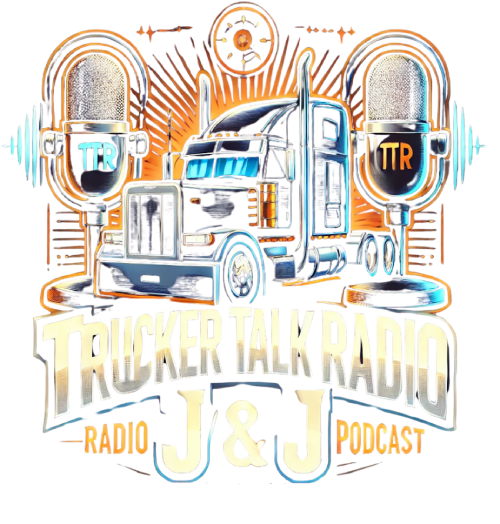Launching a trucking business requires significant funding, whether you’re an owner-operator or a fleet manager. The costs continue to accumulate even after your fleet starts transporting goods. Expenses such as fuel, tires, maintenance, insurance, and more can reduce your profit margins. FinditParts examined market trends to predict trucking costs for 2025 and their implications for your business.
According to FinditParts, understanding these crucial statistics can enhance fleet optimization, aid in negotiating better rates, and boost your profitability. Additionally, they may provide valuable insights for individuals contemplating a career in trucking. Below are some key takeaways from their findings.
Trucking Cost Overview for 2025
For fleet owners, the estimated annual operating expenses per truck are as follows:
- Fuel: $44,327
- Truck payments: $28,857
- Repairs and maintenance: $16,192
- Insurance: $7,936
- Permits and licenses: $721
- Tires: $3,687
- Tolls: $2,725
Total annual cost per truck: $104,445
Benefits: $15,069
Wages: $62,443
Total annual cost per driver: $77,512
Expenses for Owner-Operators in 2025
Owner-operators have distinct financial obligations compared to fleet drivers. Their median annual earnings are $186,016, but after accounting for expenses, their take-home pay ranges from $65,774 to $85,637.
Typical annual expenses for owner-operators include:
- Fuel: $34,100
- Truck payment: $24,428
- Repairs and maintenance: $13,640
- Insurance: $13,200–$21,600
- Tires: $555–$2,666
- Tolls: $2,108
- Truck stop fees: $3,120
- Food: $3,120
- Health insurance: $5,808–$14,760

Fuel Expenses
Fuel remains the largest expense for trucking operations in 2025, consistent with previous years. In 2024, the average diesel price was $3.49 per gallon, peaking at $4.04. Over the past five years, prices fluctuated between $2.55 and $4.99 per gallon. FinditParts suggests employing fuel-efficient strategies such as optimizing routes and maintaining proper tire pressure to mitigate costs.
Wages for Drivers
Driver salaries are a crucial part of operating expenses, with average annual wages varying by state. For example, Alaska has the highest average salary for heavy truck drivers at $65,870 per year. Competitive wages are essential for recruiting and retaining qualified drivers, especially in a market facing a shortage of over 80,000 drivers.
Tire Expenses
Tire costs represent a significant chunk of a truck’s operational budget. According to FinditParts:
- New tires typically cost between $250 and $600 each, with specialized models surpassing $1,200.
- It’s advisable to replace tires every three to six years based on usage and road conditions.
- Utilizing an average lifespan of 4.5 years for tire replacements, annual tire costs could range from $555 to $1,333 per truck, or even $2,666 for premium tires.
American Transportation Research Institute (ATRI) estimates tire costs average $0.46 per mile for fleets, leading to an average yearly expenditure of $3,687 per truck. Proper maintenance and inflation practices can extend tire life and enhance fuel efficiency, making it a critical area for cost control.
Maintenance and Repairs
Maintenance is another vital expense. Fleets are estimated to spend 15 cents per mile on maintenance, which encompasses regular servicing and unexpected repairs. The average annual cost for maintenance and repairs per truck is around $16,192. Implementing preventive maintenance can diminish the risk of costly breakdowns and prolong vehicle life.
Insurance Costs
Insurance remains a necessary but increasingly costly expense for truck owners and operators. Average fleet insurance costs are approximately $7,936 per truck per year, while owner-operator policies can range from $13,200 to $21,600 annually. Factors contributing to these costs include accident history, cargo value, and safety records. By adopting safety programs and maintaining clean driving records, operators can alleviate some of these expenses, according to the report.


